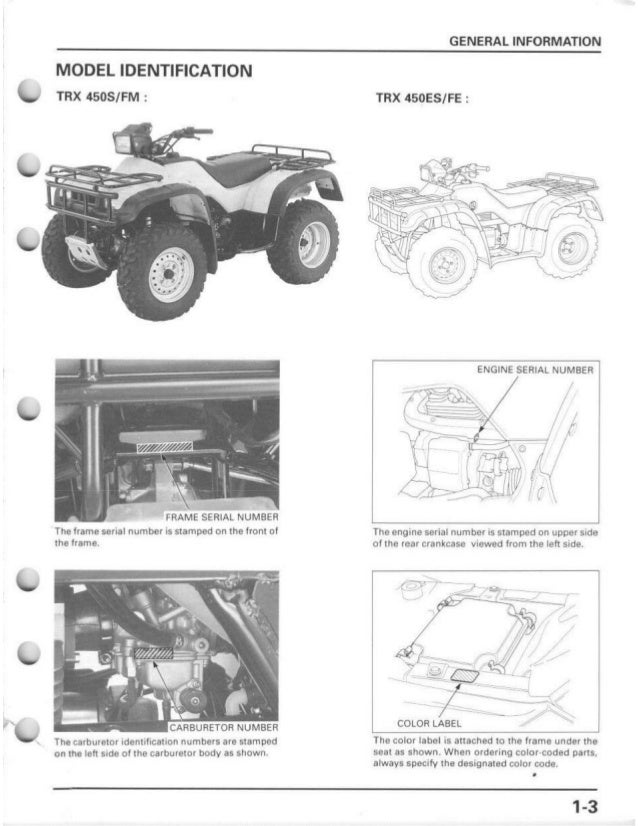An all-terrain vehicle (ATV) is well-defined as a motorized off-highway automobile that travels on non-pneumatic or low-pressure tires. The vehicle is also referred to as three-wheeler, quadricycle, quad, four-wheeler or four-track. The seat of an ATV is designed in such a manner that the operator can straddle it and the handlebars for stable steering control. As the name suggests, this vehicle is meant to be able to move on different terrains, including rough ones as compared to the other automobiles.
All-Terrain Vehicles come in two designs: II ATVs which are designed to accommodate the operator only. II ATVs are designed to accommodate the operator and one passenger. Though this vehicle is legally accepted on streets in some counties, legalized to be on streets in some states in countries such as the USA, Australia, and Canada.
ATVs are mainly manufactured by:
Are planning to purchase an All-Terrain Vehicle but you are worried about its present condition? Maybe you want to know the real design of the ATV and its current features without much hassle and quickly? No worries! We have you covered! Our website allows you to perform everything by just a click of an icon. The only thing we require you to perform is to initiate a complete VIN Check. Essentially, our aim as a reputable online check service is to offer our clients with reliable and effective ATV VIN search tools we have now and the updated date concerning the ATV they plan to purchase. You can rest assured that you will obtain the information you need concerning any ATV you have chosen.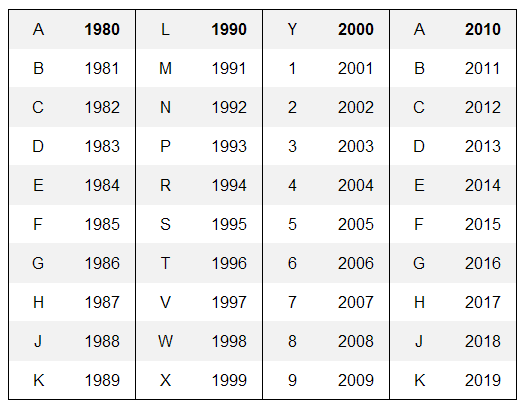 We provide this info inform of free ATV record report in just some few minutes.
We provide this info inform of free ATV record report in just some few minutes.
The VIN is a code made of 17 digits that acts as a code or an ID for a vehicle. This code is the same in ATV as on cars. However, to know where the VIN is located in an ATV depends on its maker, but in most cases, it is embedded on the frame, on left ATV side, underneath the shifter on an open site.
Generally, VIN for Honda ATV is embedded on the front crossmember which is usually built behind the rack at the front. However, you may not see it easily if you are using custom skid plates. But you can unravel it quickly and see the VIN.
For the Honda Rancher ATV, the VIN is located on the crossmember built at the front of ATV.
The locations where the VIN of Yamaha ATVs is fixed might vary depending on the model. However, all ATV numbers for Yamaha are embedded on the frame, below it.
Here is a table to show the location of different models of Polaris quads:
| Polaris Model | Location of VIN |
|---|---|
| Polaris Trail Boss | Front wheel well |
| Polaris Scrambler | |
| Polaris outlaw | |
| Polaris trailblazer | Front left wheel well |
| 2011 Polaris Hawkeye | Front left wheel well |
| 2013 Polaris Hawkeye | Left rear frame |
| Polaris Sportsman 550,850 &XP 1000 | Front left wheel well |
| 2011-14 Polaris Sportsman 400,450,500,700,800 &ETX | Left rear frame |
| 2017-2018 Polaris Sportsman 6x6 | Right rear wheel well |
The location of Suzuki ATV VIN varies depending on the make and model year.
Here is a table showing VIN of various models of Suzuki ATV:
| Suzuki ATV model | VIN location |
|---|---|
| Suzuki LTR 450 | On metal bar near the frame next to kicker area |
| Suzuki Eiger | On left rear cross member along the mud wing |
| Suzuki 250 Quadrunner | On the right rear bar near the taillight |
| 300 King Quad | On the small flat plate.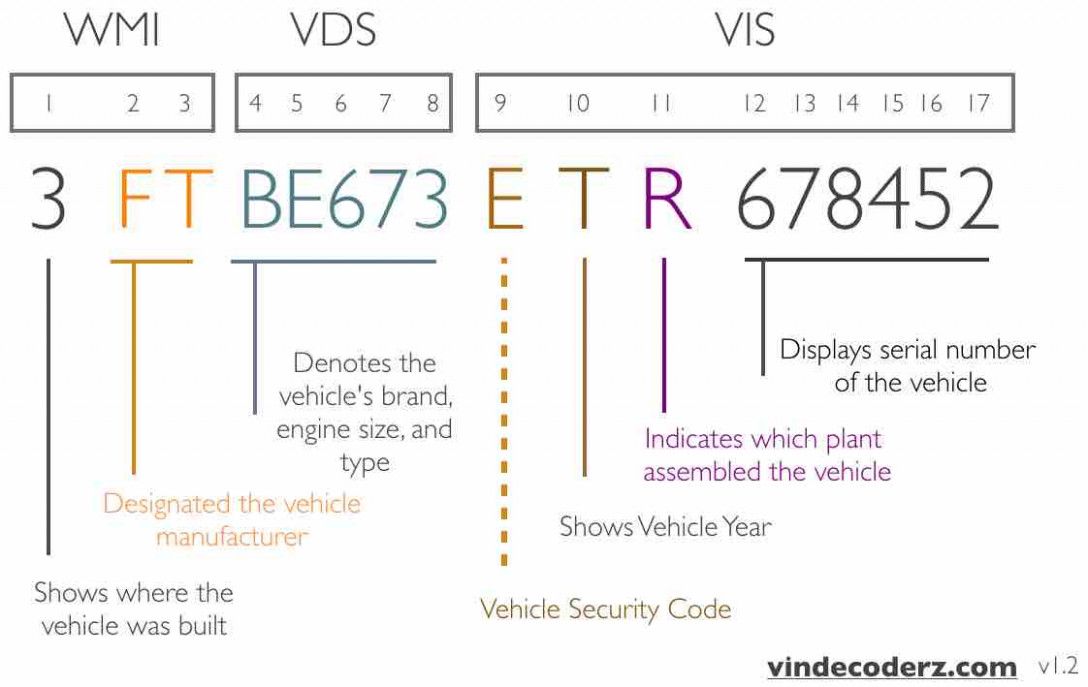 You can see it on the left rear frame member standing vertically You can see it on the left rear frame member standing vertically |
| 700 king Quad | Left rear frame, at the back of the wheel |
| QuadSport Z90 | The left rear side of the frame |
Generally, Suzuki typically embeds VIN on the opposite part of the muffler.
For the Arctic Cat, the VIN is located under the left front. You can see it easily when you look under the wheel well.
The VIN for Kawasaki AVN is entrenched on the frame but the left side underneath its engine. However, if you have nerf plates fixed, you may not see the VIN easily. Be keen when looking for the VIN since you can easily mistake it with the engine number since these are two different things.
Well, you might ask yourself, “Why do I need an ATV VIN lookup report?" this report is essential if you are planning to buy an ATV. All smart buyers ask for it.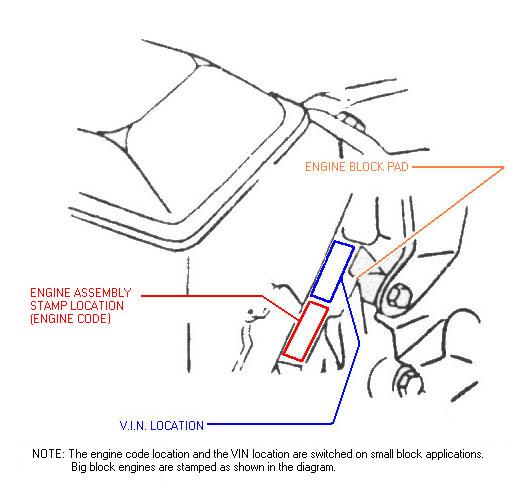 You don't need to have worries, especially when spending your hard-earned money on something you like. So how do you do it, and what do you get?
You don't need to have worries, especially when spending your hard-earned money on something you like. So how do you do it, and what do you get?
After you have located your VIN on your ATV and noted it somewhere, just key it in, in the search bar on our tool and then click the search button. Apart from obvious information about accidents, you will get the following information:
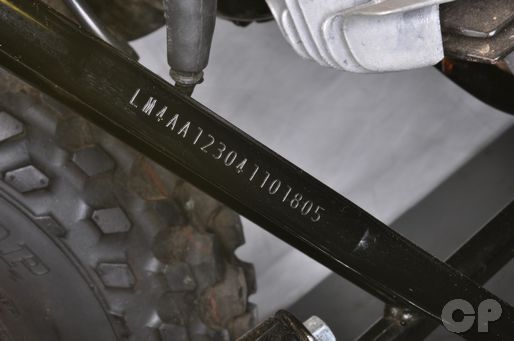 You will know whether there is any financial obligation attached to the car, e.g., collaterals.
You will know whether there is any financial obligation attached to the car, e.g., collaterals.ATVs are a high-priced hobby. So, you can buy a second-hand ATV and save some money. This is beneficially, especially if your family like ATVs and you have to get four or more to make them happy. But what about if you are not able to meet that due to financial constraints? Well, used ATVs is the option.
However, note that purchasing a second-hand ATV has its own share of disadvantages.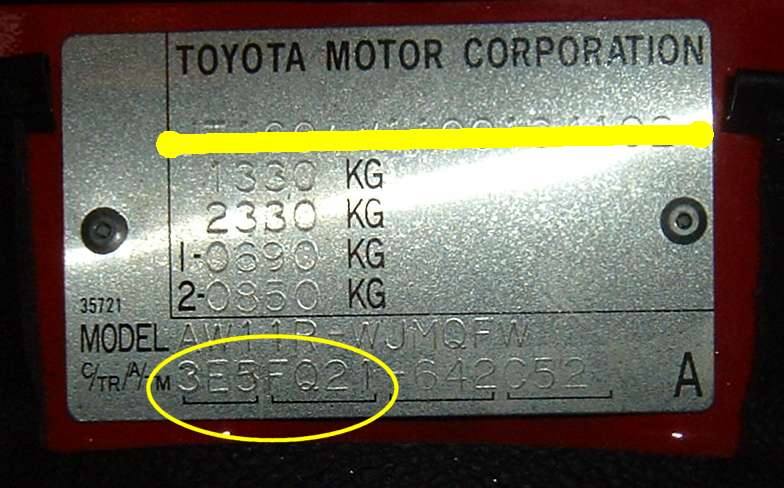 You might be spending a lot of money to buy a stolen machine or a defective one. Doing VIN check for ATV is not only essential when buying a used ATV, but also when you want to buy a new one.
You might be spending a lot of money to buy a stolen machine or a defective one. Doing VIN check for ATV is not only essential when buying a used ATV, but also when you want to buy a new one.
So, it is vital to check the VIN number to know the stolen automobiles to avoid colliding with authority. For instance, if you purchase a stolen quad and you don’t know whether you bought a stolen quadricycle, that will not be an excuse. So, this is why it is mandatory to use stolen VIN checker on our website.
Our process is quite straightforward. Go to our site and feed in the VIN in the search bar of our online checker. All the information will be displayed immediately.
Here are simplified steps to follow:

Now that you know how to carry out ATV check, no time to linger, use our ATV VIN finder to get your ATV history report Now!
The ATV VIN number charts and information to help you search for and decode your ATV’s VIN. Every sport ATV has a 17 digit VIN (vehicle identification number), even if you need to search for the ATV VIN location a little. You’ll find the VIN plate mounted to the frame of the ATV, usually on the bottom left side. This information guide will help you with ATV VIN identification.
Kawasaki for example has the VIN mounted on the left side of the frame below the engine. If you have nerf bars installed it’s possible that part of the VIN will be hard to see. Don’t mistake the engine number, which is mounted on the engine, as a VIN number because they are different.
A VIN or Vehicle Identification Number is standardized. Whether your ride a Honda, Kawasaki, Suzuki, Polaris, Yamaha or other ATV all will contain 17 characters that can include capital letters from A through Z and numbers 1 through 0. The letters I, O and Q are never used within a VIN in order to avoid mistakes made by misreading them. No signs or spaces are allowed in the Vehicle Identification Number.
The letters I, O and Q are never used within a VIN in order to avoid mistakes made by misreading them. No signs or spaces are allowed in the Vehicle Identification Number.
The position of each letter and/or number in the VIN code reveals important information about where and when your ATV was made, the type of engine it has, the model or series of ATV, various equipment/attributes and its production sequence.
Contact the vehicles manufacturer with specific VIN related questions. Contact your local DMV, department of motor vehicles, if you need to replace your VIN plate (if it broke off or you installed a new frame etc). Here is a general breakdown of what your ATV VINs number means.
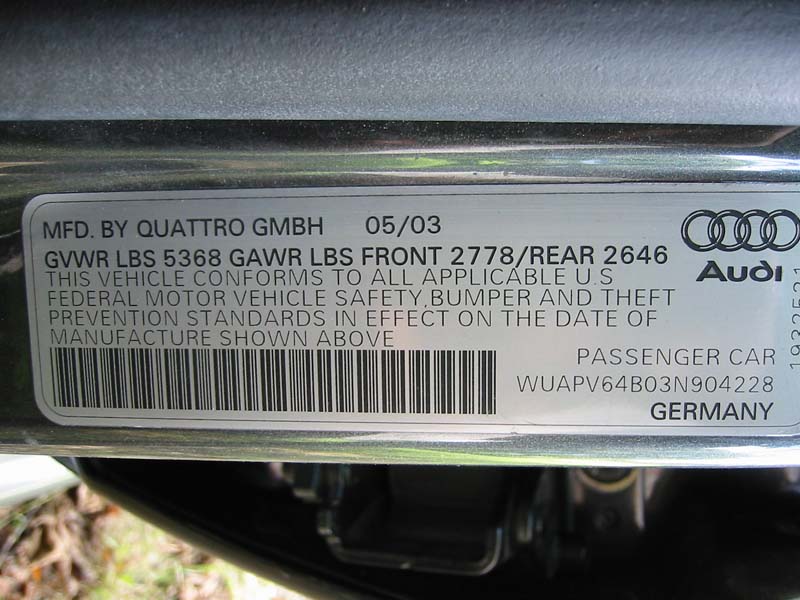
| 1971 | 1 |
| 1972 | 2 |
| 1973 | 3 |
| 1974 | 4 |
| 1975 | 5 |
| 1976 | 6 |
| 1977 | 7 |
| 1978 | 8 |
| 1979 | 9 |
| 1980 | A |
| 1981 | B |
| 1982 | C |
| 1983 | D |
| 1984 | E |
| 1985 | F |
| 1986 | G |
| 1987 | H |
| 1988 | J |
| 1989 | K |
| 1990 | L |
| 1991 | M |
| 1992 | N |
| 1993 | P |
| 1994 | R |
| 1995 | S |
| 1996 | T |
| 1997 | V |
| 1998 | W |
| 1999 | X |
| 2000 | Y |
| 2001 | 1 |
| 2002 | 2 |
| 2003 | 3 |
| 2004 | 4 |
| 2005 | 5 |
| 2006 | 6 |
| 2007 | 7 |
| 2008 | 8 |
| 2009 | 9 |
| 2010 | A |
| 2011 | B |
| 2012 | C |
| 2013 | D |
| 2014 | E |
| 2015 | F |
| 2016 | G |
| 2017 | H |
| 2018 | J |
| 2019 | K |
| 2020 | L |
– VIN Number Year Chart and it continues year by year: 2011 = B, 2012 = C, 2013 = D, 2014 = E, 2015 = F, 2016 = G etc.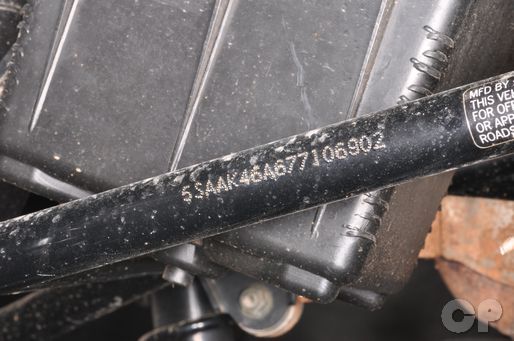 2018 = J, 2019 = K, 2020 = L, you get the idea. Important: The letters i,q, u and o are never used so skip them accordingly. Also important: To tell the difference between an older and newer ATV the 7th digit is referenced. Example, the letter A in 10th position could mean a 1980 or a 2010 ATV. To know which it is look to the 7th digit, if the 7th digit is a number the earlier year is accurate. If the 7th digit is a letter the later year is accurate.
2018 = J, 2019 = K, 2020 = L, you get the idea. Important: The letters i,q, u and o are never used so skip them accordingly. Also important: To tell the difference between an older and newer ATV the 7th digit is referenced. Example, the letter A in 10th position could mean a 1980 or a 2010 ATV. To know which it is look to the 7th digit, if the 7th digit is a number the earlier year is accurate. If the 7th digit is a letter the later year is accurate.
– 11th digit : Assembly plant
– 12th to 17th digits : These ATV vin numbers increase by one for each unit that rolls off the assembly line, the last four are always numbers.
See also
It’s very helpful to know your ATV VIN when purchasing aftermarket parts. Here is a chart of what your Honda ATV VIN may look like, it’s useful information to have when doing a VIN check.
Honda VIN Chart
To do a free ATV VIN search visit the ATV VIN Check page.
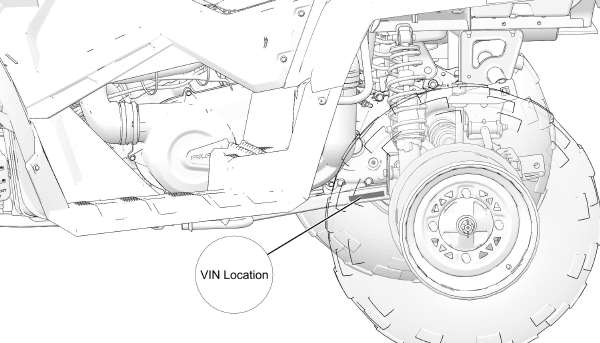 11.2020
11.2020
To not run into the killed equipment and do not spend money on repairs - you need check it very carefully. How exactly this is done - we will tell in this article.

Since the ATV must be inspected not only from above, but also from below, it is advisable to check it at a service with a lift. As an option, a garage with a pit or a flyover is also suitable.

 If it’s perfectly clean and even, but the ATV has a rather big mileage, it’s also not good: the plastic could be changed.
If it’s perfectly clean and even, but the ATV has a rather big mileage, it’s also not good: the plastic could be changed. 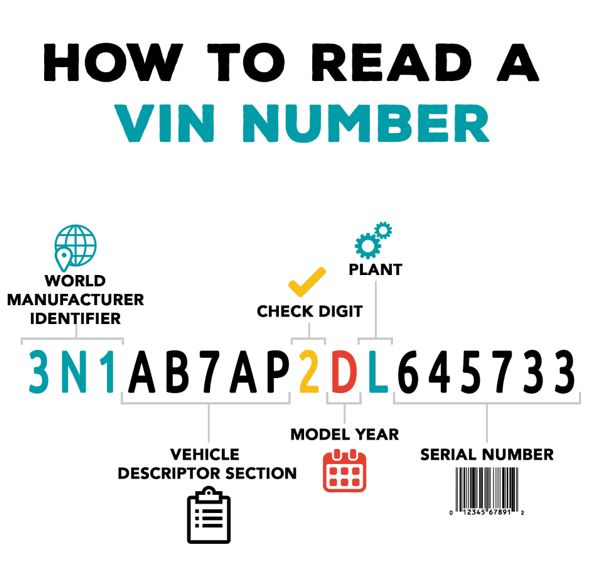
Now jack up the front end and continue checking.
If it is possible to inspect the ATV from below, we inspect everything that is visible: bottom protection, frame, suspension. Should alert:
Once the ATV has been inspected from all sides, it's time to check how it works.
What we are doing:

 The ATV must go straight without deviating from the path. If the wheels lead to the right or to the left, it means that either the frame has led, or the wheel alignment angles are incorrect. Both reasons indicate a strong blow.
The ATV must go straight without deviating from the path. If the wheels lead to the right or to the left, it means that either the frame has led, or the wheel alignment angles are incorrect. Both reasons indicate a strong blow. 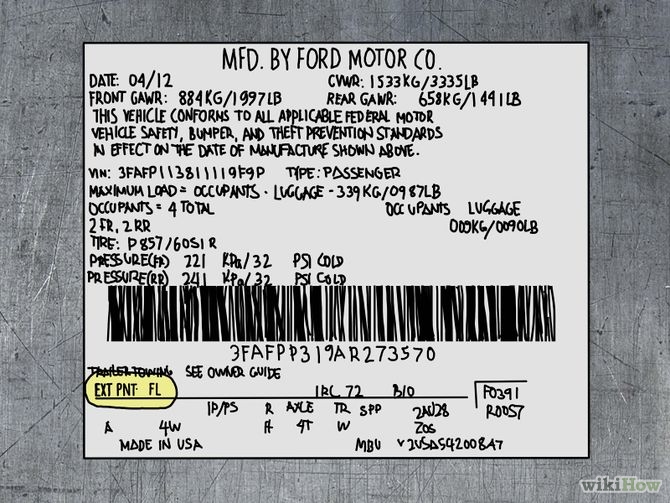
Since no inspection or test drive will give a complete picture, it is ideal to have the ATV serviced. In our center, you can go through all the stages of verification and accurately determine the condition of the equipment - as well as the possibility and approximate cost of repairs, if necessary.
Do you want to save some money and buy an ATV offhand? Then it's best to make sure it's legally "clean" and punch the ATV number before the deal. This is an important condition for a successful purchase, which you will not have to regret. No less important condition than checking the vehicle for the technical part. How to punch an ATV before buying? How and when should you pierce an ATV? How to check a used ATV before buying? Why is it important to check ATVs before buying from the "hands"?
Modern, factory ATVs are necessarily equipped with unique identification numbers or VIN. Moreover, cars and other vehicles that went on sale after 1980 years.
Moreover, cars and other vehicles that went on sale after 1980 years.
The 17-digit VIN code contains information about the country of manufacture, the serial number of the ATV and an identifier that confirms the uniqueness of this particular vehicle.
How to punch an ATV by VIN:
As you can see, nothing complicated. But in such a simple way, you can save yourself from buying a fake ATV of a well-known brand. By the way, the relevant state services have information about accidents, if any, which is also marked with the VIN code of the ATV. In other words, if something happened to the vehicle and this incident was recorded, then you can find out about everything from the police database.
In other words, if something happened to the vehicle and this incident was recorded, then you can find out about everything from the police database.
Do you want to break the ATV for theft? You will also need a VIN. If the car owner does not want to provide access to this identifier, you should seriously think about whether you need such a technique? After all, if the fact of theft is confirmed, you will be left without an ATV, and in the worst case scenario, you will also become an accomplice to the crime.
If the ATV has been registered and has a state registration number, it can also be easily checked. So you will find out before buying about the possible penalties that were imposed on the vehicle.
Also, license plates are often posted on social networks if the owner of this vehicle violated public order, parking rules or traffic rules. Of course, this is not so important for an ATV, but it’s still worth making sure of this.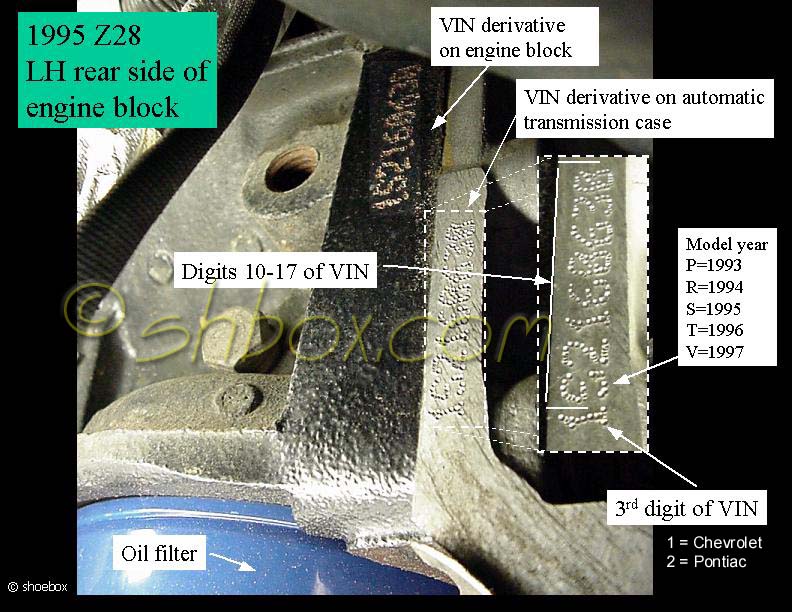
Another important check is the engine number. To do this, the owner of the ATV must provide you with documentation and a certificate of conformity for the vehicle. And in this documentation, the engine number is clearly prescribed. If the numbers on the ATV and on the paper do not match, this is a “wake-up call” that should keep you from buying.
To check the ATV engine number, you do not need to disassemble or unscrew anything. As a rule, this identifier is applied to such a part of the engine that can be seen with the naked eye when inspecting the vehicle.
ATVs, unfortunately, are very popular not only among ordinary, law-abiding users, but also among intruders. That is why a very reasonable decision would be to check the ATV before buying or purchase equipment in the cabin, like Dvako Moto. Do not hesitate to carefully examine not only the structural components of the vehicle, but also the documentation, certificate of conformity, engine and find the VIN code of the model.